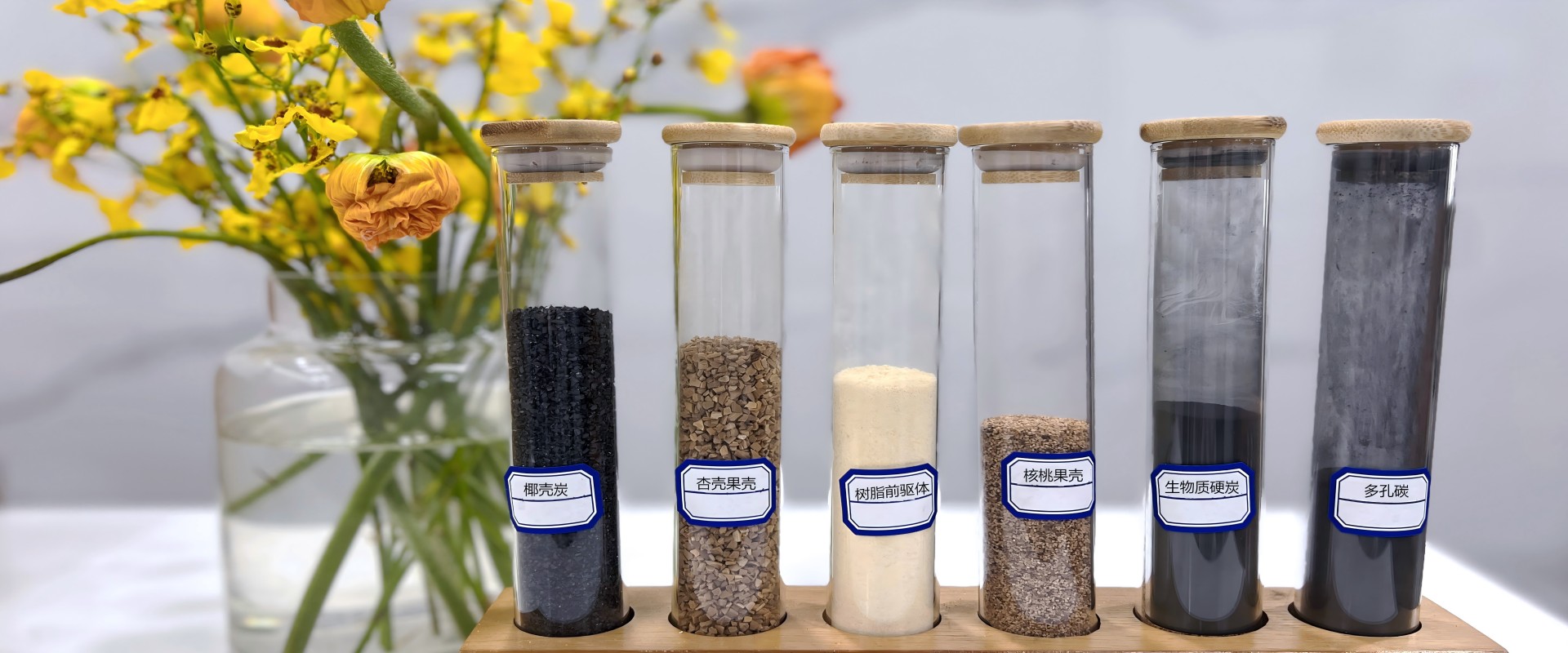Activated carbon refers to a carbonized substance with adsorption capacity, collectively known as activated carbon. After intense oxidation (usually referred to as combustion) of carbon water compounds, the remaining material is mostly carbon, which originally occupied the volatile substances in the carbon water compounds. Due to combustion and has been burned out, the initial pores have already formed. Then, after activating the initial carbonized material through chemical or physical methods, the number and size of its pores will increase significantly, A substance with an adsorption area of 1000 to 2000 square meters per gram is called activated carbon.

The manufacturing of charcoal involves only carbonizing wood without continuous activation. Therefore, charcoal can only be referred to as the precursor or raw material of activated carbon at best. The adsorption area of charcoal is approximately 200 [square meters/gram] or less, and basically only such an adsorption area cannot meet the specifications for the adsorption capacity of activated carbon, nor can it be called activated carbon.
Due to the burning out of volatile substances in carbon water compounds and the processing by chemical or physical methods, the cross section structure of the carbon unit body has become like a Stalactite cave, with the porosity of main tunnels and then numerous auxiliary tunnels of different sizes, which are responsible for adsorbing molecular substances.
After being activated, the carbonized material itself can adsorb molecules with a significant increase in surface area, resulting in an adsorption effect. Generally, whether activated carbon is activated by chemical or physical methods, its decolorization and deodorization mechanism can be considered as a physical reaction. There are also a few ways to achieve decolorization and deodorization by adding chemicals to activated carbon, using porosity to store the chemicals first, and reacting with the adsorbed substances when they enter. The principle of general physical adsorption is to use molecules with different micro particle sizes in the mixture to lock large molecules in the pores, while small molecules can freely swim between the pores to achieve separation.
The activated carbon commonly sold on the market can be divided into three types of raw materials: sawdust, coal, and coconut shell. However, any other substance that can be carbonized can be made into activated carbon, only due to factors such as the availability of raw materials and the ease of manufacturing technology. Therefore, sawdust, coal, and coconut shell are more commonly seen.
The appearance of activated carbon can be roughly divided into three parts, namely powdery, granular (crushed), and granulated. According to the appearance adopted, it is usually determined by the form of adsorbed substances or the structure of the filtering machine, which raw materials are used to manufacture the activated carbon with which appearance. If the customer has any doubts about the use, we are always welcome to call for guidance.
The steps to manufacture activated carbon from basic raw materials can be roughly divided into the following parts: raw material selection and drying, high-temperature carbonization in a carbonization furnace, washing and recycling of additives, refining and blending, drying to a certain moisture content and particle size screening. After each batch of finished products passes the laboratory analysis (as shown in the figure), packaging and warehousing are completed for shipment.


Due to the fact that the customer's requirements for the adsorption target substances of activated carbon are not all the same, activated carbon cannot meet the customer's needs by changing only one reference data.
So when customers need to use activated carbon, we are happy to understand the environment in which they use activated carbon, as well as the conditions and forms of substances. Based on experience, we will provide samples for customers to conduct preliminary adsorption tests and evaluations in the laboratory, so that customers can have good results with minimal expenditure.




 Phone:+86 13861313805
Phone:+86 13861313805
 E-mail:louis.han@e-tygroup.com
E-mail:louis.han@e-tygroup.com
 Add:Room 2809, Building Ⅱ, The Gate of the Orient, No. 199 Xinggang Street, Suzhou Industrial Park, Suzhou, China.
Add:Room 2809, Building Ⅱ, The Gate of the Orient, No. 199 Xinggang Street, Suzhou Industrial Park, Suzhou, China.
